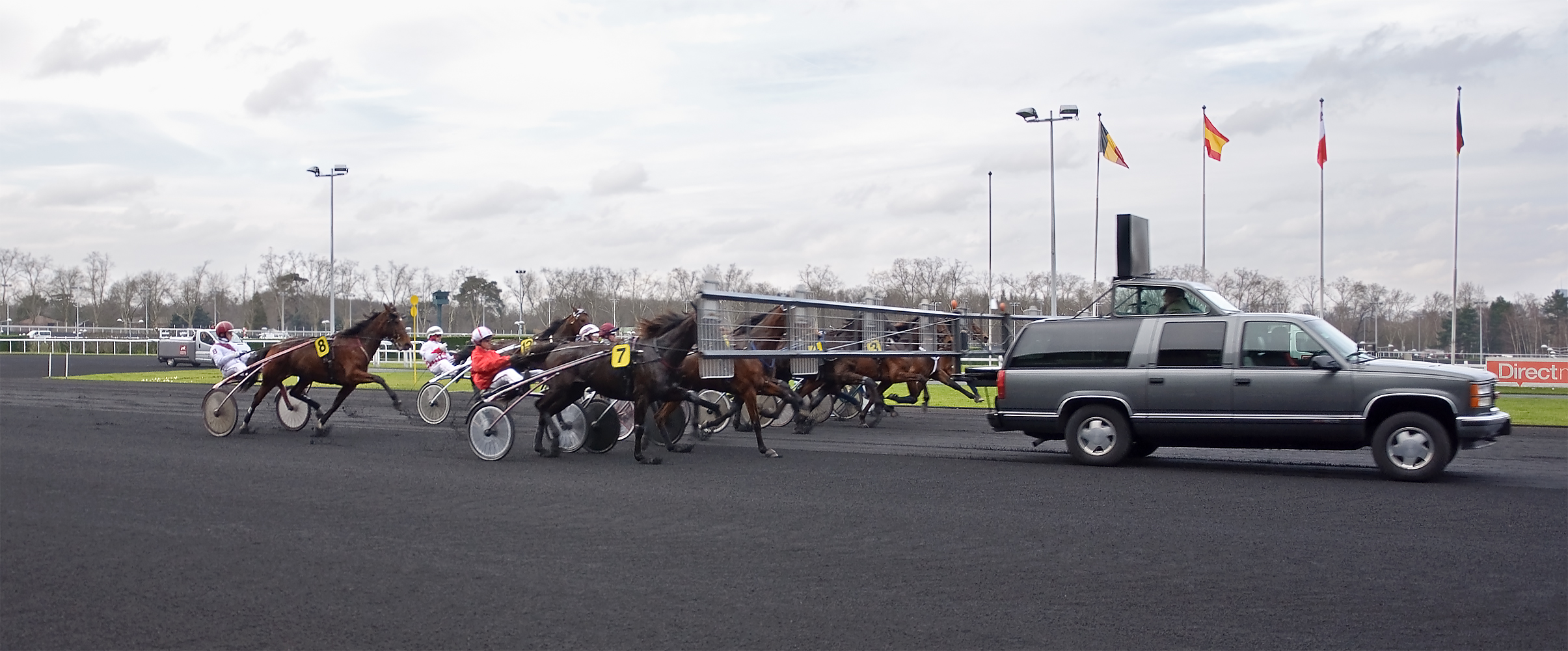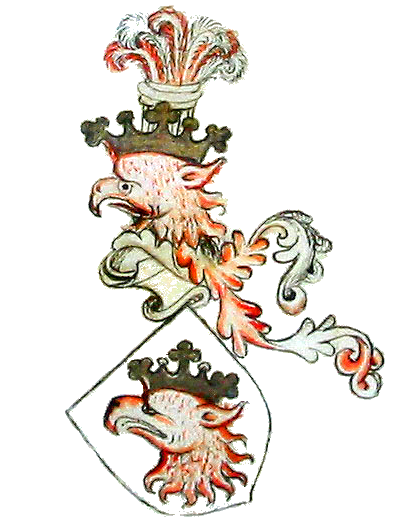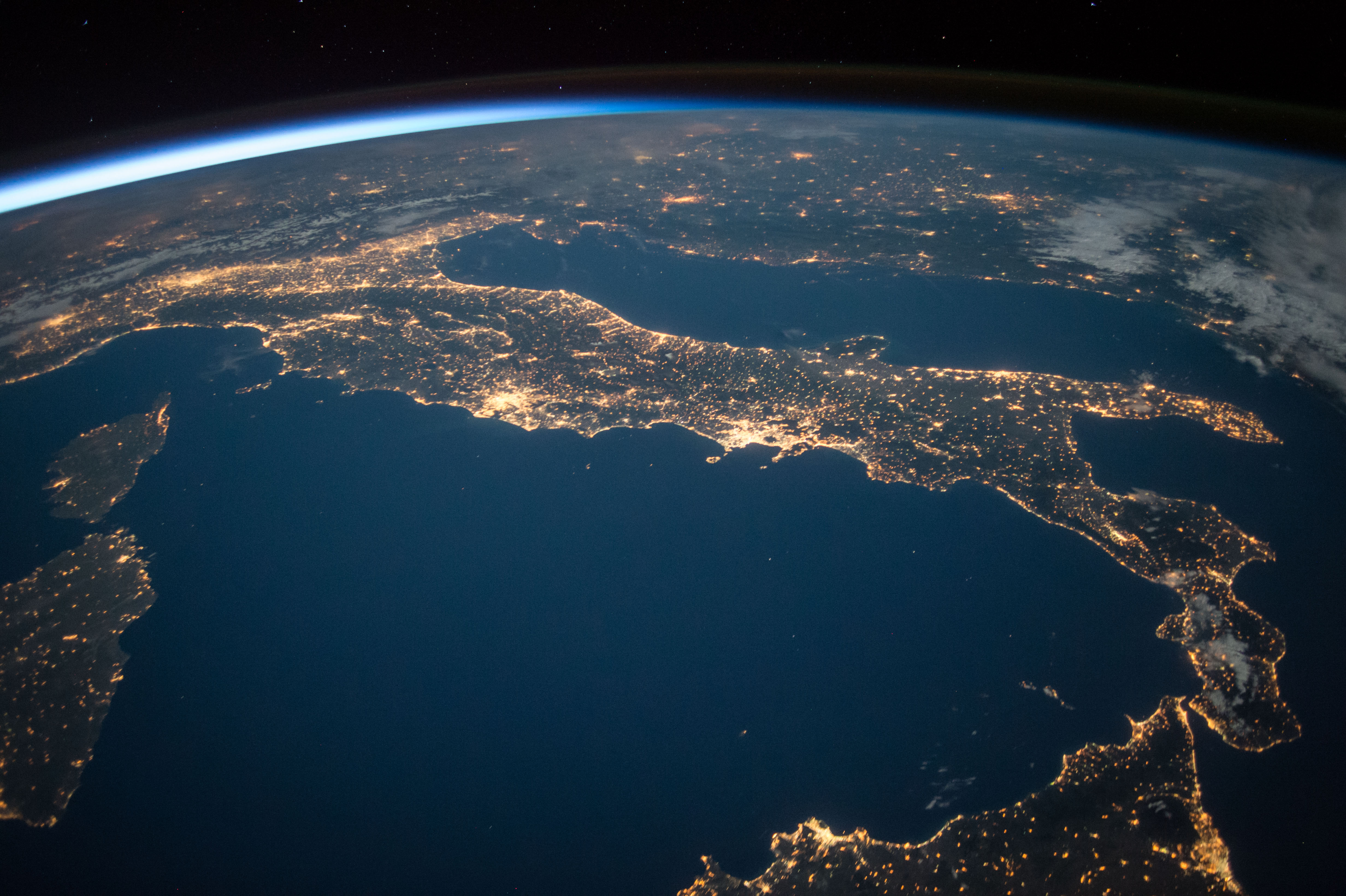|
Jägersro
Jägersro is a neighbourhood of Malmö, situated in the Borough of Husie, Malmö Municipality, Skåne County, Sweden. Jägersro trav & galopp is a horse racing facility located in the neighbourhood. It was opened in 1907 and is the oldest one of its kind in the country. It is also southern Sweden's biggest facility for harness racing and thoroughbred horse racing. Hugo Åbergs Memorial and Swedish Trotting Derby The Swedish Trotting Derby (Swedish: ''Svenskt Travderby'') is an annual national Group One harness event for trotters that is held at Jägersro Racetrack in Malmö, Sweden. It is by many considered the most prestigious Swedish event for 4-year ... is held there annually. References Neighbourhoods of Malmö {{Skåne-geo-stub ... [...More Info...] [...Related Items...] OR: [Wikipedia] [Google] [Baidu] |
Swedish Trotting Derby
The Swedish Trotting Derby (Swedish: ''Svenskt Travderby'') is an annual national Group One harness event for trotters that is held at Jägersro Racetrack in Malmö, Sweden. It is by many considered the most prestigious Swedish event for 4-year-old racing horses. The purse in the 2010 final was ≈US$442,000 (SEK 3,200,000), of which the winner, Joke Face, won half. Location Through the years, the host of the Derby final has at times annually been Jägersro, but at times, the hostesship has altered between Jägersro, Solvalla and Åby. Since 1966, the final event has been held at Jägersro Racetrack every year. * 1928 - 1932 Jägersro * 1933 - 1954 Jägersro or Solvalla * 1954 - 1965 Jägersro, Åby or Solvalla * 1966 - Jägersro Entering the event To enter the Swedish Trotting Derby, a horse owner is obliged to make four payments, the last approximately seven months before the final is held. In total, these payments consist of ≈US$523 (SEK4,375) as of 2009. In addition to ... [...More Info...] [...Related Items...] OR: [Wikipedia] [Google] [Baidu] |
Hugo Åbergs Memorial
Hugo Åbergs Memorial is an annual Group One harness event for trotters that is held at Jägersro Racetrack in Malmö, Sweden. Hugo Åbergs Memorial has taken place since 1970. In 2008, the purse of the event was approximately US$291,000 (SEK1,750,000). Hugo Åbergs Memorial is part of the European Grand Circuit. Origin Hugo Åbergs Memorial was inaugurated in 1970 to commemorate Hugo Åberg, who had died in a car accident the previous year. Åberg was a significant building contractor, responsible for many building projects in Malmö, as well as a horse racing devotee. Racing conditions Since the start in 1970, Hugo Åbergs Memorial has been almost exclusively over 1,609 meters, one mile. The two exceptions are the editions of 1971 and 1972, when the race was nine meters shorter, i.e. 1,600 meters. Auto start has been used all years but 1971 and 1977, when volt start was used instead. The event is invitational, meaning only invited horses can participate. Past winners Hors ... [...More Info...] [...Related Items...] OR: [Wikipedia] [Google] [Baidu] |
Husie
Husie () was a city district ( sv, stadsdel) in the north-east of Malmö Municipality, Sweden. On 1 July 2013, it was merged with Rosengård, forming Öster. In 2012, Husie had a population of 20,769 of the municipality's 307,758. The area was 2,984 hectares. The population consists primarily of middle-income families living in single-family homes. It has been called "the green city district" due to its many recreational areas, among them Bulltofta field and Husie mosse and its proximity to the countryside. Husie is also home to the Jägersro derby track, a large stadium for horse racing that is famous for its annual derby. Husie has the highest life expectancy rate in Malmö and one of the highest in Sweden. Husie is the home to two football clubs: Kvarnby IK and Husie IF. History Husie was primarily built in the 1960s. Half of the population lives in villa residential areas and the other half in apartment residential areas. Neighbourhoods The neighbourhoods of Husie wer ... [...More Info...] [...Related Items...] OR: [Wikipedia] [Google] [Baidu] |
Harness Racing
Harness racing is a form of horse racing in which the horses race at a specific gait (a trot or a pace). They usually pull a two-wheeled cart called a sulky, or spider, or chariot occupied by a driver. In Europe, and less frequently in Australia and New Zealand, races with jockeys riding directly on saddled trotters ( in French) are also conducted. Breeds In North America, harness races are restricted to Standardbred horses, although European racehorses may also be French Trotters or Russian Trotters, or have mixed ancestry with lineages from multiple breeds. Orlov Trotters race separately in Russia. The light cold-blooded Coldblood trotters and Finnhorses race separately in Finland, Norway and Sweden. Standardbreds are so named because in the early years of the Standardbred stud book, only horses who could trot or pace a mile in a ''standard'' time (or whose progeny could do so) of no more than 2 minutes, 30 seconds were admitted to the book. The horses have prop ... [...More Info...] [...Related Items...] OR: [Wikipedia] [Google] [Baidu] |
Central European Summer Time
Central European Summer Time (CEST), sometimes referred to as Central European Daylight Time (CEDT), is the standard clock time observed during the period of summer daylight-saving in those European countries which observe Central European Time (CET; UTC+01:00) during the other part of the year. It corresponds to UTC+02:00, which makes it the same as Eastern European Time, Central Africa Time, South African Standard Time, Egypt Standard Time and Kaliningrad Time in Russia. Names Other names which have been applied to Central European Summer Time are Middle European Summer Time (MEST), Central European Daylight Saving Time (CEDT), and Bravo Time (after the second letter of the NATO phonetic alphabet). Period of observation Since 1996, European Summer Time has been observed between 01:00 UTC (02:00 CET and 03:00 CEST) on the last Sunday of March, and 01:00 UTC on the last Sunday of October; previously the rules were not uniform across the European Union. There were propo ... [...More Info...] [...Related Items...] OR: [Wikipedia] [Google] [Baidu] |
Thoroughbred Horse Racing
Thoroughbred racing is a sport and industry involving the racing of Thoroughbred horses. It is governed by different national bodies. There are two forms of the sport – flat racing and jump racing, the latter known as National Hunt racing in the UK and steeplechasing in the US. Jump racing can be further divided into hurdling and steeplechasing. Ownership and training of racehorses Traditionally, racehorses have been owned by wealthy individuals. It has become increasingly common in the last few decades for horses to be owned by syndicates or partnerships. Notable examples include the 2005 Epsom Derby winner Motivator, owned by the Royal Ascot Racing Club, 2003 Kentucky Derby winner Funny Cide, owned by a group of 10 partners organized as Sackatoga Stable, and 2008 Kentucky Derby winner Big Brown, owned by IEAH stables, a horse racing hedgefund organization. Historically, most race horses have been bred and raced by their owners. Beginning after World War II, the commerci ... [...More Info...] [...Related Items...] OR: [Wikipedia] [Google] [Baidu] |
Horse Racing
Horse racing is an equestrian performance sport, typically involving two or more horses ridden by jockeys (or sometimes driven without riders) over a set distance for competition. It is one of the most ancient of all sports, as its basic premise – to identify which of two or more horses is the fastest over a set course or distance – has been mostly unchanged since at least classical antiquity. Horse races vary widely in format, and many countries have developed their own particular traditions around the sport. Variations include restricting races to particular breeds, running over obstacles, running over different distances, running on different track surfaces, and running in different gaits. In some races, horses are assigned different weights to carry to reflect differences in ability, a process known as handicapping. While horses are sometimes raced purely for sport, a major part of horse racing's interest and economic importance is in the gambling associated w ... [...More Info...] [...Related Items...] OR: [Wikipedia] [Google] [Baidu] |
Malmö
Malmö (, ; da, Malmø ) is the largest city in the Swedish county (län) of Scania (Skåne). It is the third-largest city in Sweden, after Stockholm and Gothenburg, and the sixth-largest city in the Nordic region, with a municipal population of 350,647 in 2021. The Malmö Metropolitan Region is home to over 700,000 people, and the Øresund Region, which includes Malmö and Copenhagen, is home to 4 million people. Malmö was one of the earliest and most industrialised towns in Scandinavia, but it struggled to adapt to post-industrialism. Since the 2000 completion of the Öresund Bridge, Malmö has undergone a major transformation, producing new architectural developments, supporting new biotech and IT companies, and attracting students through Malmö University and other higher education facilities. Over time, Malmö's demographics have changed and by the turn of the 2020s almost half the municipal population had a foreign background. The city contains many histo ... [...More Info...] [...Related Items...] OR: [Wikipedia] [Google] [Baidu] |
Country
A country is a distinct part of the world, such as a state, nation, or other political entity. It may be a sovereign state or make up one part of a larger state. For example, the country of Japan is an independent, sovereign state, while the country of Wales is a component of a multi-part sovereign state, the United Kingdom. A country may be a historically sovereign area (such as Korea), a currently sovereign territory with a unified government (such as Senegal), or a non-sovereign geographic region associated with certain distinct political, ethnic, or cultural characteristics (such as the Basque Country). The definition and usage of the word "country" is flexible and has changed over time. '' The Economist'' wrote in 2010 that "any attempt to find a clear definition of a country soon runs into a thicket of exceptions and anomalies." Most sovereign states, but not all countries, are members of the United Nations. The largest country by area is Russia, while the ... [...More Info...] [...Related Items...] OR: [Wikipedia] [Google] [Baidu] |
Central European Time
Central European Time (CET) is a standard time which is 1 hour ahead of Coordinated Universal Time (UTC). The time offset from UTC can be written as UTC+01:00. It is used in most parts of Europe and in a few North African countries. CET is also known as Middle European Time (MET, German: MEZ) and by colloquial names such as Amsterdam Time, Berlin Time, Brussels Time, Madrid Time, Paris Time, Rome Time, Warsaw Time or even Romance Standard Time (RST). The 15th meridian east is the central axis for UTC+01:00 in the world system of time zones. As of 2011, all member states of the European Union observe summer time (daylight saving time), from the last Sunday in March to the last Sunday in October. States within the CET area switch to Central European Summer Time (CEST, UTC+02:00) for the summer. In Africa, UTC+01:00 is called West Africa Time (WAT), where it is used by several countries, year round. Algeria, Morocco, and Tunisia also refer to it as ''Central E ... [...More Info...] [...Related Items...] OR: [Wikipedia] [Google] [Baidu] |
Sweden
Sweden, ; fi, Ruotsi; fit, Ruotti; se, Ruoŧŧa; smj, Svierik; sje, Sverji; sju, Sverje; sma, Sveerje or ; yi, שוועדן, Shvedn; rmu, Svedikko; rmf, Sveittiko. formally the Kingdom of Sweden, is a Nordic countries, Nordic country located on the Scandinavian Peninsula in Northern Europe. It borders Norway to the west and north, and Finland to the east. At , Sweden is the largest Nordic country and the List of European countries by area, fifth-largest country in Europe. The Capital city, capital and largest city is Stockholm. Sweden has a population of 10.5 million, and a low population density of ; around 87% of Swedes reside in urban areas in the central and southern half of the country. Sweden’s urban areas together cover 1.5% of its land area. Because the country is so long, ranging from 55th parallel north, 55°N to 69th parallel north, 69°N, the climate of Sweden is diverse. Sweden has been inhabited since Prehistoric Sweden, prehistoric times, . T ... [...More Info...] [...Related Items...] OR: [Wikipedia] [Google] [Baidu] |
Provinces Of Sweden
The provinces of Sweden ( sv, Sveriges landskap) are historical, geographical and cultural regions. Sweden has 25 provinces; they have no administrative function (except for in some cases as sport districts), but remain historical legacies and a means of cultural identification as pertains, for example, to dialects and folklore. Several of them were subdivisions of Sweden until 1634, when they were replaced by the counties of Sweden (''län''). Some were conquered later on from Denmark–Norway. Others, like the provinces of Finland, were lost. Lapland is the only province acquired through colonization. In some cases, the administrative counties correspond almost exactly to the provinces, as is Blekinge to Blekinge County and Gotland, which is a province, county and a municipality. While not exactly corresponding with the province, Härjedalen Municipality is beside Gotland the only municipality named after a province. In other cases, the county borders do not correspond wi ... [...More Info...] [...Related Items...] OR: [Wikipedia] [Google] [Baidu] |






.png)